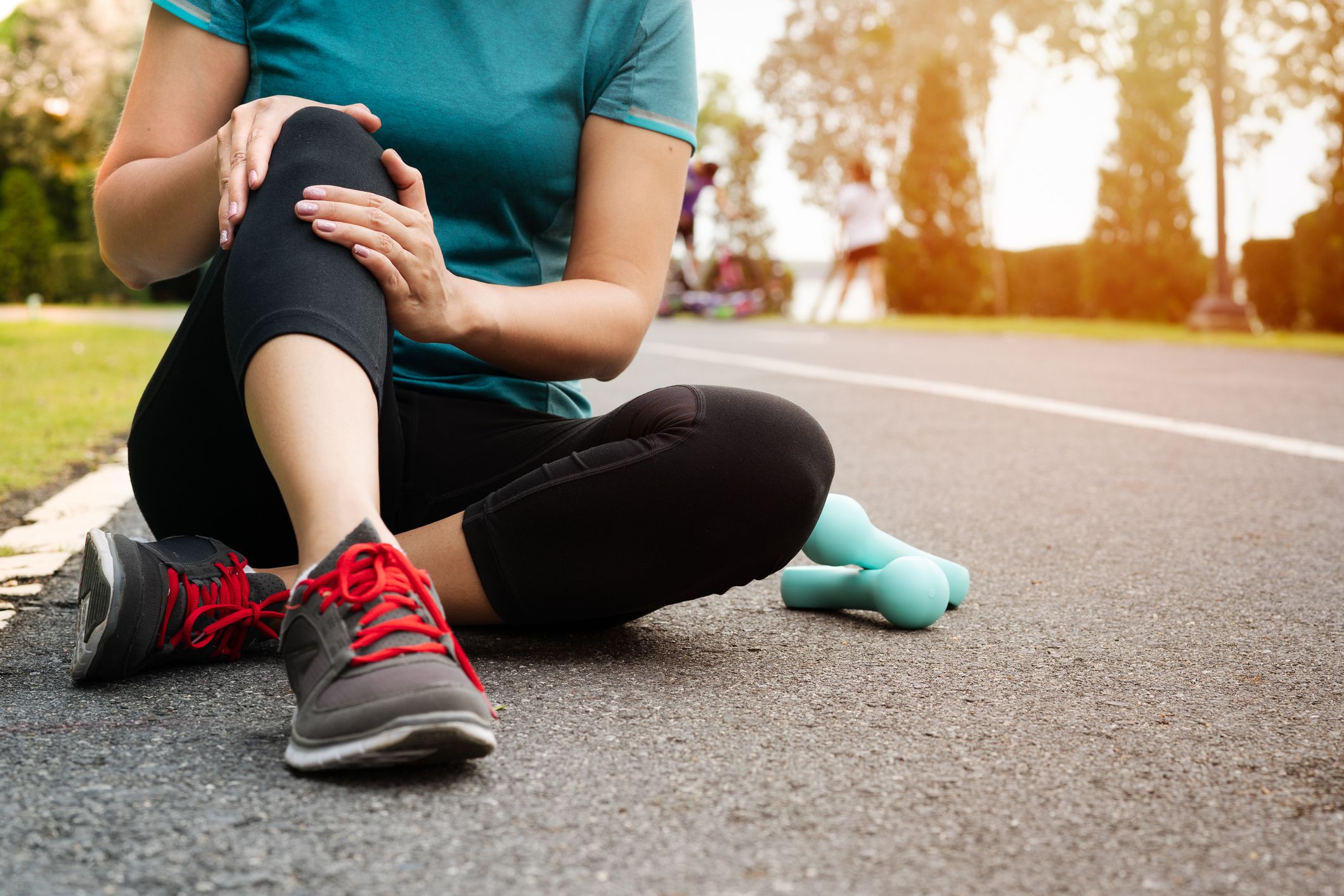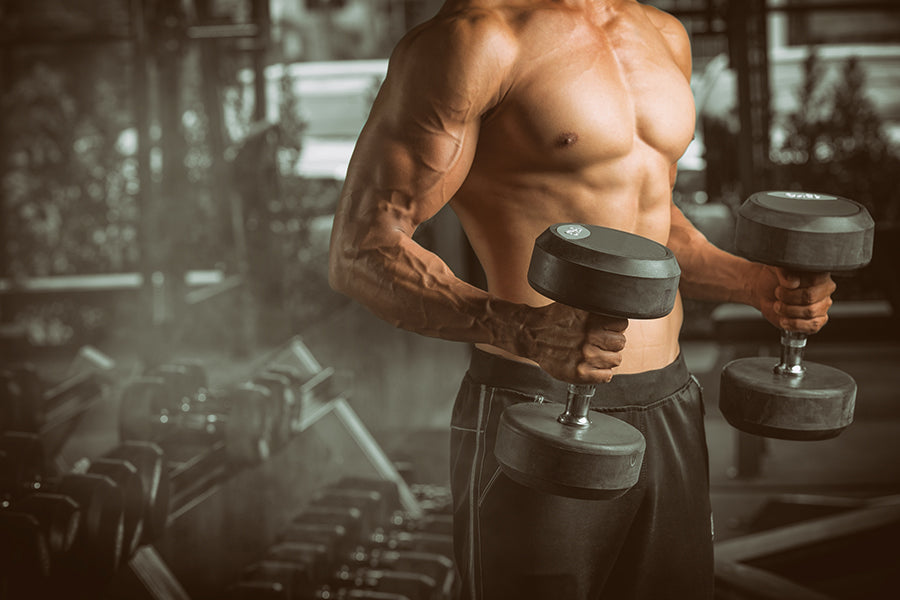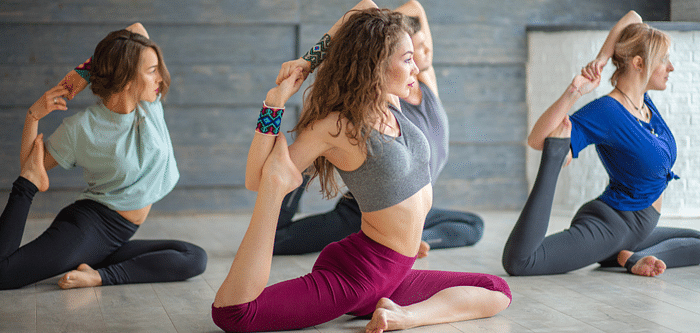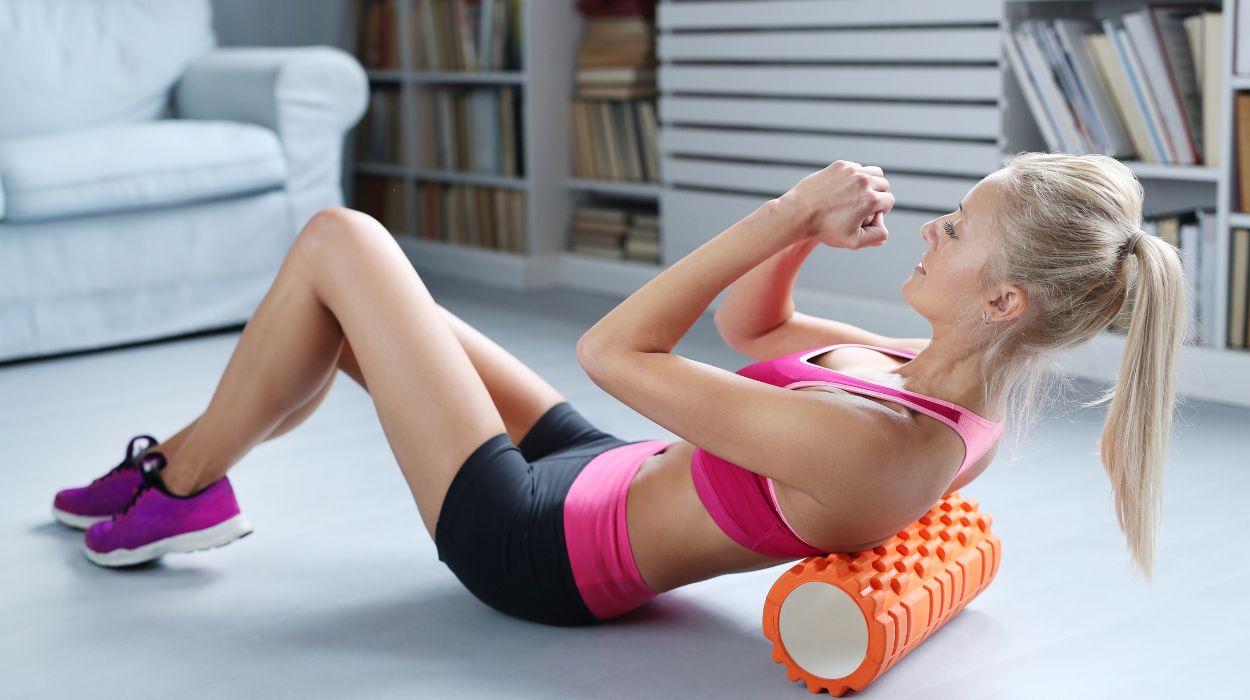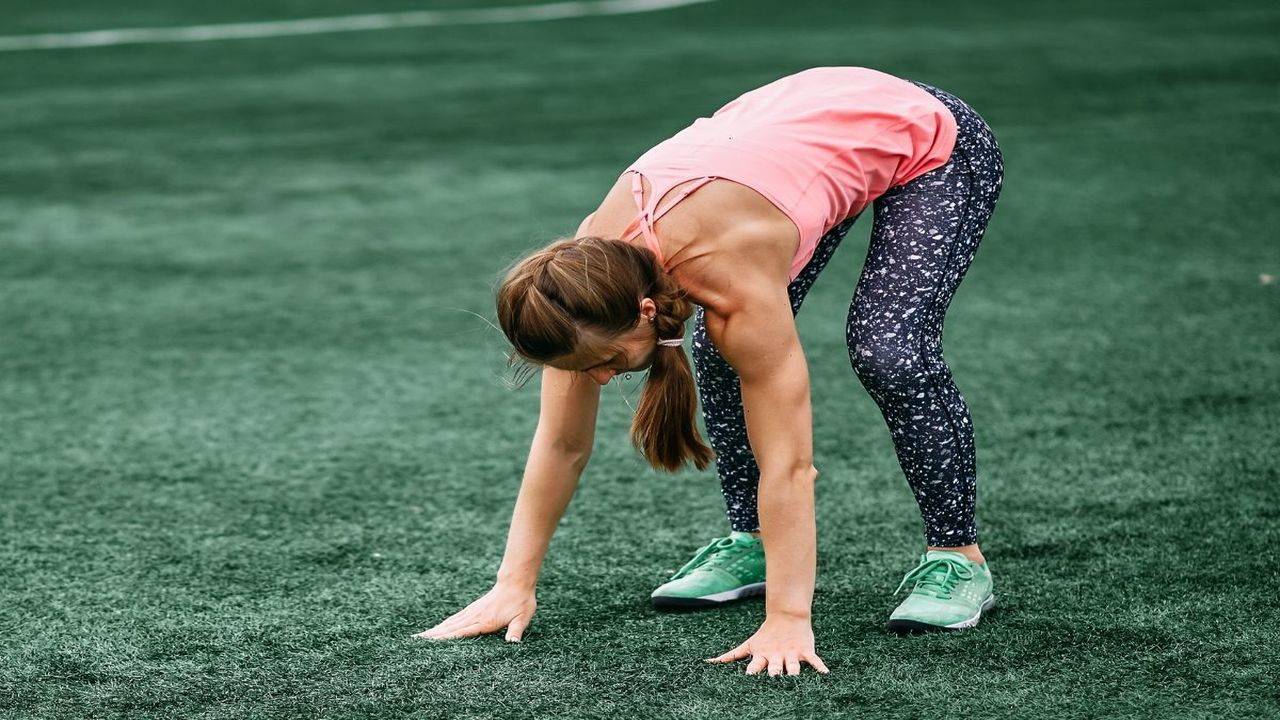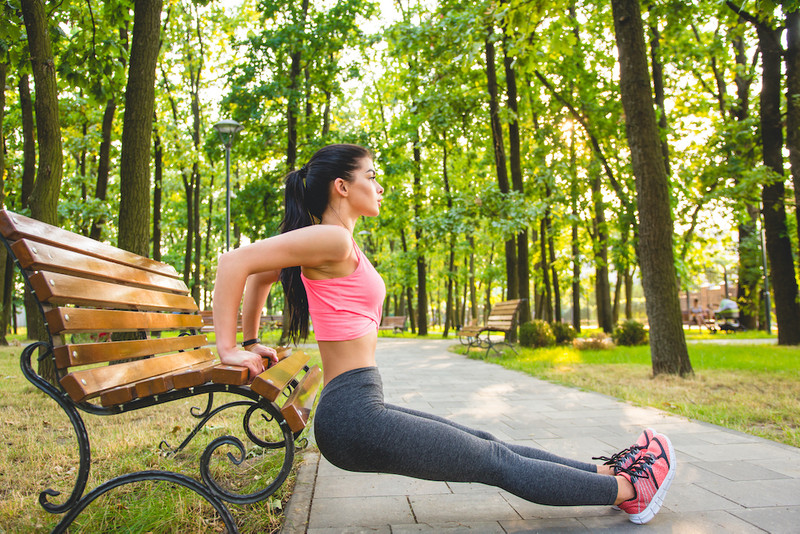Let’s be honest—running on the spot sounds like a good idea when you can’t get outside. Maybe it’s pouring rain, you don’t have a treadmill, or you just want a quick way to raise your heart rate during a home workout. On paper, it makes sense: no space needed, no equipment, just you bouncing in place. But here’s the thing most people don’t realize—running on the spot might be doing your knees and muscles more harm than good if you rely on it too often.
If you’ve ever felt odd knee pain or tight shins after one of these “jog-in-place” sessions, you’re not imagining it. Let’s break down what’s really happening when you run on the spot, why it’s not the same as regular running, and what you can do instead to save your knees and still get that cardio fix.
Running on the Spot vs. Real Running
First, think about how your body moves when you run normally. Outside or on a treadmill, your legs propel you forward. Your foot strikes the ground, pushes back, and your muscles work together in a smooth chain to move your entire body ahead. You get a full range of motion in your hips, knees, and ankles. Your arms swing naturally to balance you.
Now picture running on the spot. There’s no forward drive. You’re lifting your knees up and down while your feet repeatedly smack the same tiny patch of floor. Your body doesn’t move forward—so the motion stays stiff and repetitive. There’s less hip extension, less natural flow, and a whole lot more impact focused on the same joints.
Why It Can Stress Your Knees
The biggest problem? It’s hard on your knees, especially over time.
Here’s why:
- Repetitive Impact: In normal running, the impact spreads out because your feet land at different points and the ground moves under you. Running on the spot means the same part of your foot slams down over and over on an unchanging surface.
- Less Shock Absorption: Good running form uses your whole leg—ankles, knees, hips—to absorb shock. Jogging in place limits how your leg can move, so your knees take more of the hit.
- Awkward Landing: Many people run on the spot with a flat foot or weird bounce. This throws off your natural gait, forcing your joints into positions they’re not designed for mile after mile.
What It Does to Your Muscles
Aside from your knees, running on the spot can mess with your muscles too.
- Tight Hip Flexors: Because you lift your knees high but don’t extend your leg behind you like normal running, your hip flexors stay tight. Over time, this can cause lower back pain and poor posture.
- Calf Strain: The constant bouncing keeps your calves engaged in a short, tense position. Expect tightness or even soreness if you overdo it.
- Neglects Glutes: Real running activates your glutes to help push you forward. Running on the spot skips that backward push, so your powerful glute muscles get left out of the action. Weak glutes mean more strain on your knees and lower back.
It’s Also Boring
Okay, this one’s not about your joints—but let’s be real. How long can you bounce in place before your brain checks out? When you’re bored, you stop paying attention to form. Bad form leads to sloppy landings, and that’s when injuries sneak in.
When Is Running on the Spot Okay?
To be fair, running on the spot isn’t evil. It has a place—like a warm-up to get your heart rate up, or short bursts in a circuit workout. For example, doing high knees or running in place for 30–60 seconds between sets of squats or push-ups is fine. The trouble comes when it’s your main form of cardio for long periods.
Better Alternatives for Joint-Friendly Cardio at Home
Don’t worry, you don’t have to buy a treadmill tomorrow. Here are some better ways to get that heart rate up without trashing your knees:
1. Low-Impact Cardio Moves
Try things like:
- Marching in Place: Lift knees high but land softly. Easier on the knees.
- Step Touches: Step side to side with a slight squat. Great for glutes too.
- Shadow Boxing: Throw punches at a fast pace. Burns calories, zero joint pounding.
- Seated Cardio: Yes, you can get your heart pumping in a chair. Try fast seated punches or knee lifts.
2. Dance
Blast your favorite playlist and dance it out for 20–30 minutes. Dancing naturally uses all directions—sideways, backwards, turns—so impact spreads out and you avoid repetitive stress.
3. Jump Rope
Done right, jumping rope actually spreads impact more than running on the spot. Keep knees soft, land lightly on the balls of your feet. Plus, it’s more fun.
4. Bodyweight HIIT
Combine moves like squats, lunges, mountain climbers, and modified burpees for a killer calorie burn. These recruit more muscles, keep things dynamic, and don’t hammer the same spot on the floor over and over.
5. Walking or Jogging in Place—With a Twist
If you must jog in place, add variation:
- Mix in butt kicks, side steps, or high knees.
- Turn it into intervals: 30 seconds run in place, 30 seconds squats.
- Move around your room—add some side shuffles or gentle lunges so you’re not stuck pounding the same floor tile.
How to Protect Your Knees
No matter what cardio you pick, here’s how to keep those knees happy:
- Warm Up First: Wake up your muscles and joints before any jumping or jogging.
- Wear Good Shoes: Yes, even inside. Barefoot bouncing on hardwood isn’t your knees’ best friend.
- Land Soft: Stay light on your feet. Think “quiet feet.” Hard landings = angry knees.
- Stretch After: Focus on calves, quads, hamstrings, and especially your hip flexors.
When to See a Pro
If your knees hurt every time you run on the spot, that’s your body saying something’s off. Stop pushing through it. Rest, ice, stretch, and if it sticks around, see a physio or doctor to rule out bigger problems.
The Bottom Line
Running on the spot won’t ruin your knees overnight—but it’s not the best long-term cardio plan either. It’s repetitive, stiff, and puts extra stress where you don’t want it. Instead, mix things up. Use it in short bursts if you like, but lean on variety for real results and happy joints.
Cardio should make you feel strong, not sore in the wrong way. So clear some space, grab your playlist, and give your knees (and muscles) a smarter workout next time.
You’ve got plenty of better options—so get moving the right way. Your knees will thank you later!
